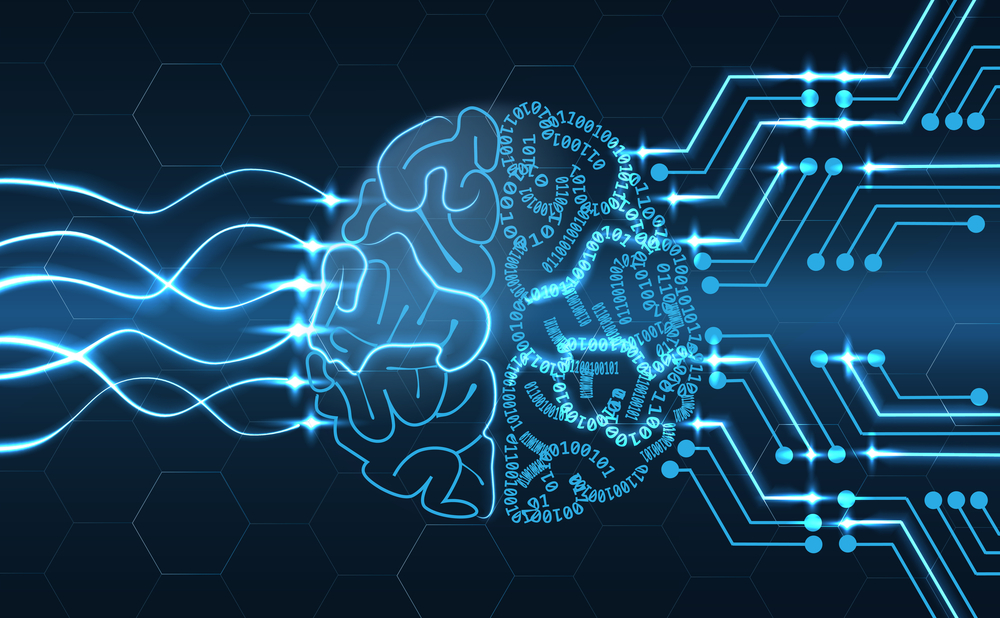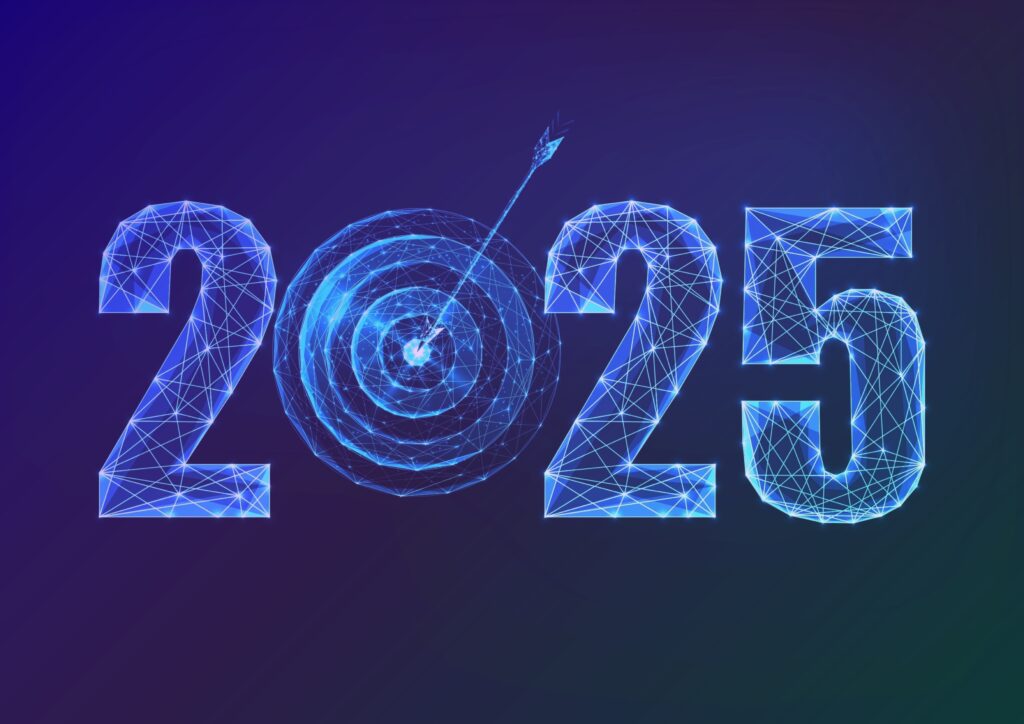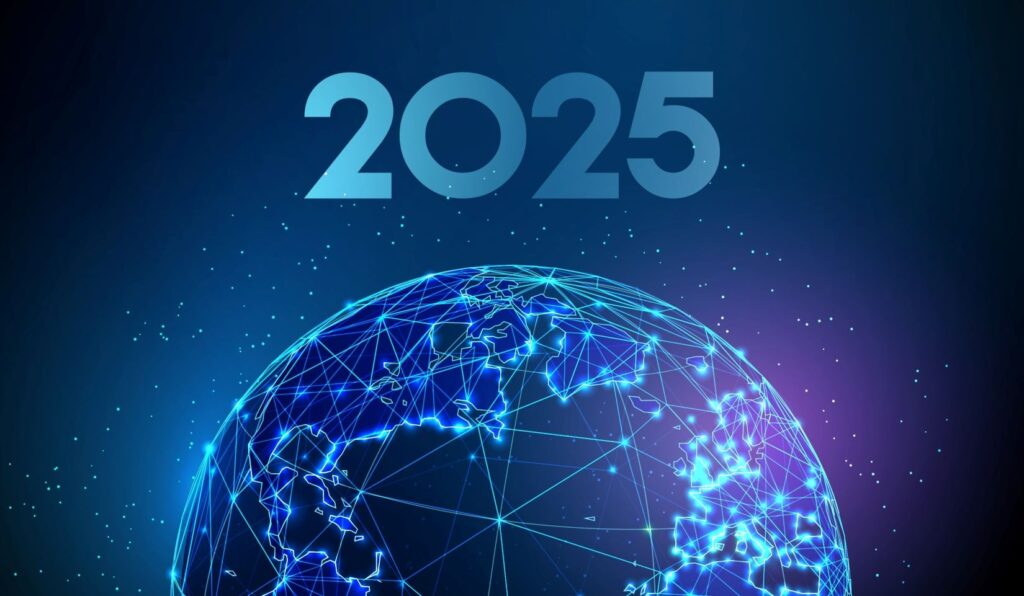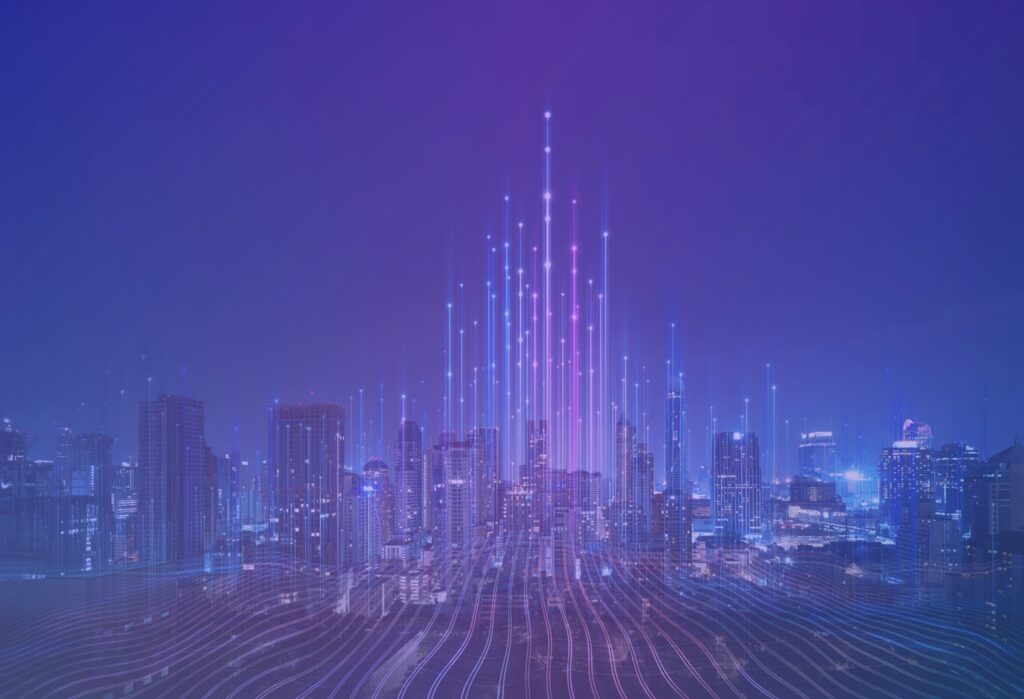Reading the future is certainly the most difficult requirement on your job description. For many organizations, AIOps still bring more questions than they can answer. When and how should you adopt AIOps (or Artificial Intelligence for IT Operations), and where does the AIOps journey start? There are early steps you can take now to prepare and manage the emerging issues which limit your ability to monitor and assess IT performance, such as IT decentralization and IT complexity, data overload or staffing constraints. This Q&A-formatted post provides a definition for AIOps, use cases in a real-life ITOps setting, and finally, some AIOps-readiness strategies. This is a hype-free post. Our goal is to help you get started on the AIOps path as soon as possible, keeping in mind that your IT infrastructure monitoring platform holds the potential of becoming the foundation of a larger, incremental cross-domain AIOps strategy.
What is Artificial intelligence for IT operations or AIOPs?
AIOPs refers to a range of big data analytics, such as machine learning (ML) and other artificial intelligence (AI) technologies that are leveraged to automate the diagnosis and resolution of IT system incidents or issues. The raw material for these technologies is performance or log data from an organization’s IT systems, services and applications.
Have we missed jumping on the AIOps bandwagon yet?
You can cast any FOMO (fear of missing out) aside. AIOps has been discussed as a major trend to impact I&O as far back as 2017. The fact is that the utilization of big data, machine learning and other advanced analytics in the context of IT operations are being adopted over the longer term, as technologies develop and as concrete issues relating to IT complexity are starting to appear in IT organizations.
There are two takeaways for your organization:
- You will need sooner or later to augment your human teams with some form of ML or AI.
- AIOps adoption will happen over the longer term, but there are actions you can take today to ensure a smooth journey towards AIOps. In other words, it’s an incremental journey.
“AIOps are used to analyze and correlate large volume of heterogeneous and fluid data. Such advanced analysis augments human IT service management and automation capabilities.”
What are the predictions for AIOPs adoption?
Gartner predicts that by 2023, 40% of DevOps teams will augment application and infrastructure monitoring tools with Artificial Intelligence for IT operations (AIOps) platform capabilities. * (Market Guide for AIOps Platforms, 7 November 2019, Analysts: Charley Rich, Pankaj Prasad, Sanjit Ganguli)
What kind of timeline are we looking at, realistically?
You can expect that within the next five years, the complexity of your IT Infrastructure will be unmanageable for humans alone. You can therefore plan over a 5-year timeline the adoption of AI and MLenabled ITOps tools to maintain SLAs.
What are typical drivers for AIOps adoption?
These are two essential drivers:
- IT complexity and decentralization: two trends that go hand in hand, making it virtually impossible to visualize, track and analyze all this data without some form of technological assistance. In other words, humans can no longer do it alone.
- No IT no business: mean time to resolution (MTTR) need to be thinner than paper thin and the only way to achieve this is through intuitive and automated issue management.
What are the use cases for AIOps for our organization?
- Augment IT functions such as event correlation and analysis, anomaly detection, root cause analysis and natural language processing
- Correlate data across a variety of monitoring tools, from application performance monitoring (APM), IT infrastructure monitoring (ITIM), network performance monitoring and diagnostic tools, up to digital experience monitoring.
What type of AIOps tools should we adopt? Domain-centric, or domain-agnostic—and by the way, how do they compare exactly?
OK, let’s first look at the pros and cons of each:
- Domain–agnostic platforms are not limited to specific domains, they cover the full scope of IT operations and can be fed pre-processed data and alerts from other types of monitoring systems from which originate the raw IT operations data, but they lack the advantage of being highly specialized to narrow root cause analysis.
- Domain–centric AIOps platforms allow to cover a specific domain in depth, think performance analysis, IT infrastructure monitoring, or application performance monitoring (APM), but they lack the ability to get the full picture that’s necessary to correlate events or detect anomalies.
The good news is that we expect domain-centric and domain-agnostic will to coexist in the future. There is at least two ways to effect this cohabitation:
- Adopt an ITIM-Centric AIOps platform capable of integrating with other domain-agnostic AIOps solutions.
- Apply Artificial Intelligence across ITIM, APM, NPMD and DEM, but also across IT Automation and ITSM. This requires creating a domain-agnostic platform that can collect data from all the other platforms and perform cross-domain correlation. This more ambitious approach complements the one above without replacing it. It works well if you have a dedicated team that can build and maintain such a wide-scope AIOps platforms.
We may not invest massively into AIOps for now, but can we still be mindful of that transition in the shorter term?
Here are a few steps you can take to build some AIOps-readiness into your operations.
- Break down the silos between your IT teams and domains—this is possibly the first step in preparing a future cross-domain AIOps platform. For example, Centreon connects to event management platforms that are embracing AIOps paradigms, such as BMC TrueSight or ServiceNow Event Manager, to event aggregators such as Splunk or ElasticSearch, to time-series databases such as InfluxDB or Graphite, to specialized solutions such as BigPanda or Moogsoft, and many more.
- Select evergreen, future-ready platforms, including for IT infrastructure monitoring, that are domain-agnostic, always updated and maintained, ideally open-source based since you can’t tell who will stand out as AIOps champions once the hype evaporates.
- Start incrementally: invest in AI-powered tools when replacing aging platforms, whatever the performance analysis domain: IT Infrastructure Monitoring (ITIM), Application Performance Monitoring (APM), Network Performance Monitoring & Diagnostic (NPMD) or Digital Experience Monitoring (DEM).
- Embrace automation today and in the future: adopt an IT monitoring platform that’s holistic and that can automatically discover and monitor assets from cloud to edge. Reduce MTTR with the ability to automatically resolve issues. Ensure that your IT monitoring platform will have enough computation power to allow machine learning algorithms to be natively applied to any monitoring metrics and events, developing machine learning algorithms as time goes by for always optimized predictive analysis or event correlation applications.
Learn more on how Centreon can ensure that your IT infrastructure monitoring will be AIOps-ready.
Want to chat with us on your vision for the future of AIOps in your enterprise? Contact us today.















